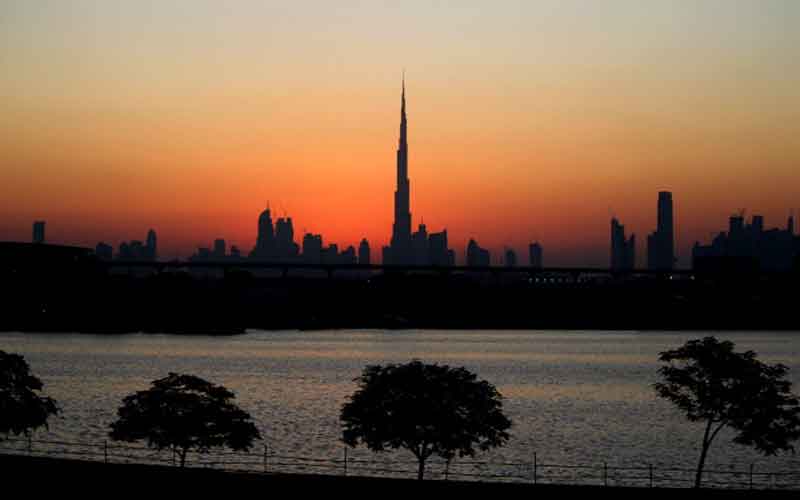Full service four and five-star hotels in Dubai and Abu Dhabi experienced a surge in profits in May 2013 driven by strong leisure and MICE demand.
The findings have been revealed in the latest HotStats report by TRI Hospitality Consulting Middle East.
Dubai’s RevPAR grew 6.6% to 83.9% and average room rates increased 8.5% to US $282072. Consequently, total revenue per available room (TrevPAR) grew 14.9% to US$439.51, boosting GOPPAR up 30.9% to $192.73.
Abu Dhabi ARR continued to decline with an 8.3% drop to $124.68, however, RevPAR grew 15.1%, driven by a 14.7% surge in occupancy to 72.1%. The growth in room revenue increased TrevPAR by 12.2, driving GOPPAR 31.6% compared to last year to $192073.

| Advertisement |
TRI Hospitality Consulting managing director Peter Goddard said: “Both Abu Dhabi and Dubai have demonstrated strong growth in bottom line performance during May. Dubai exhibited particular strength in its key performance indicators, enhanced by the hosting of high-profile international events and growth in leisure demand. In Abu Dhabi, RevPAR levels have seen some improvements over the last few months driven by strong growth in occupancy levels which have now returned to the pre-crash levels, however declining average rates continue to plague the city’s hotels.”
In Kuwait, occupancy rose to 57.2%, increasing revPAR by 3.1% to $145.65 in spite of a 1.7% decline in average rates to $254.86. With May and June considered peak seasons for weddings and events in the country, the increased demand drove food and beverage revenues and increased TrevPAR 13.5% to US$343.02, while GOPPAR was up 8.6% over the previous year for May at $150.38.
In Saudi Arabia, Riyadh witnessed a 2.7% decline in ARR in May to $241.52, possibly caused by the continued supply into the city’s hotel market. Riyadh experienced a marginal growth in occupancy, up 0.2% to 67.9%, however it was not enough to prevent a 2.4% decline in RevPAR to $163.92.
Jeddah on the other hand posted stronger results, with occupancy up 1.3% to 84.3% - the highest occupancy out of the seven MENA markets surveyed by TRI.
“As Saudi Arabia’s premier commercial and leisure destination, Jeddah is experiencing high demand from domestic tourists as it enters the summer months resulting in the highest occupancy levels throughout the region. The continued growth in demand coupled with ever increasing average rates have resulted in an impressive 25% growth in bottom line performance. On the contrary, Riyadh is entering the summer period which is typically characterised by softening performance levels. However this year will be even more challenging as the seasonality of demand is compounded by the increase in new supply,” said Goddard.









 Search our database of more than 2,700 industry companies
Search our database of more than 2,700 industry companies









